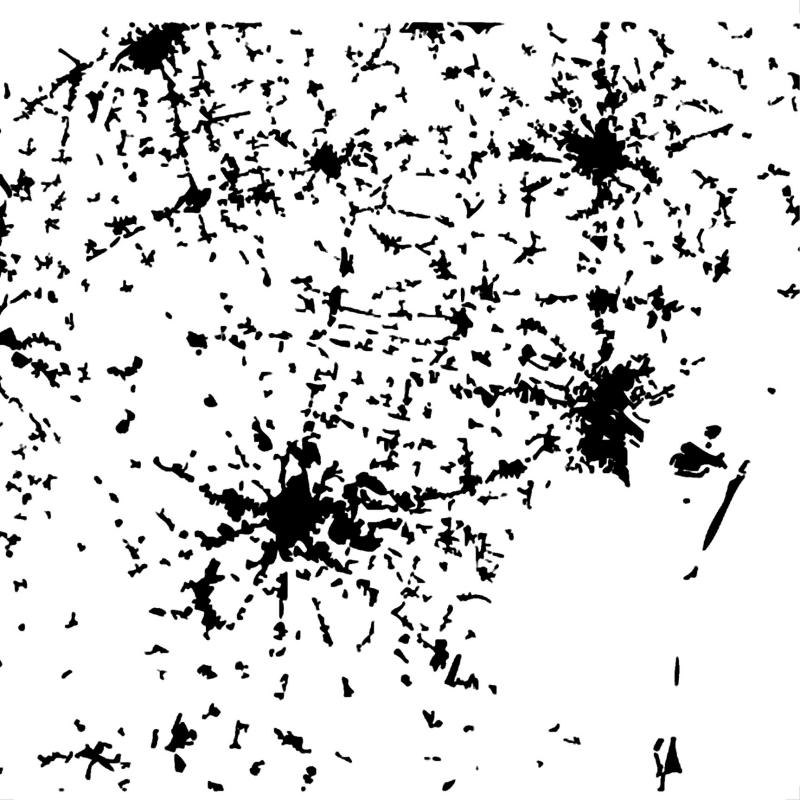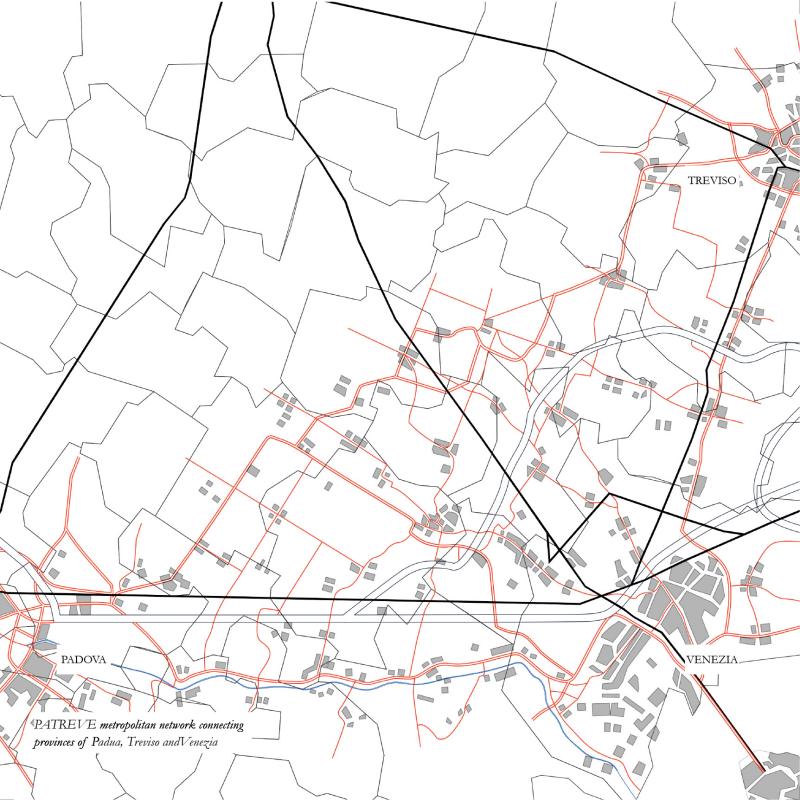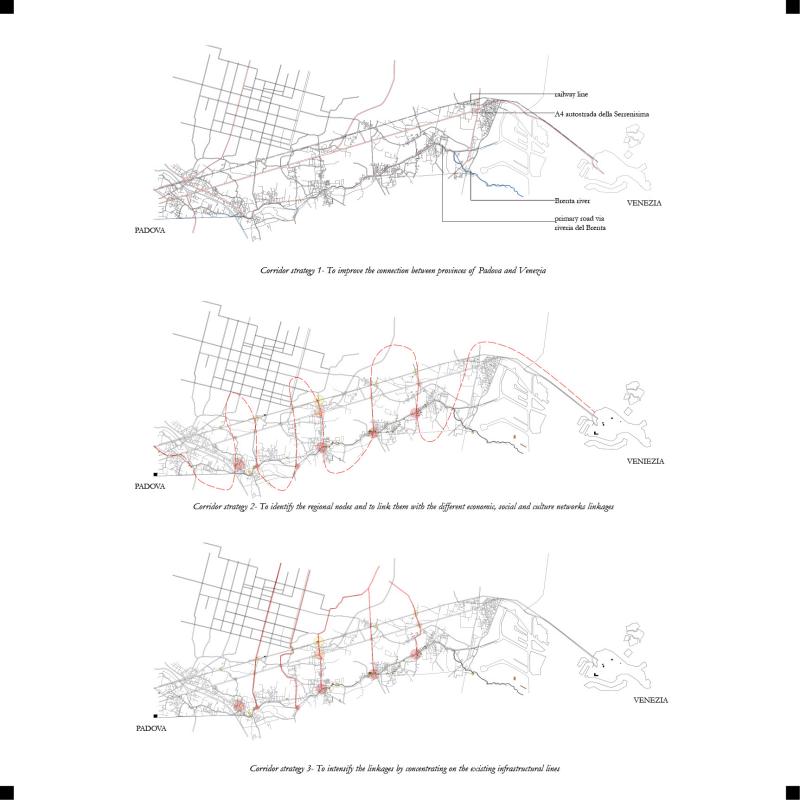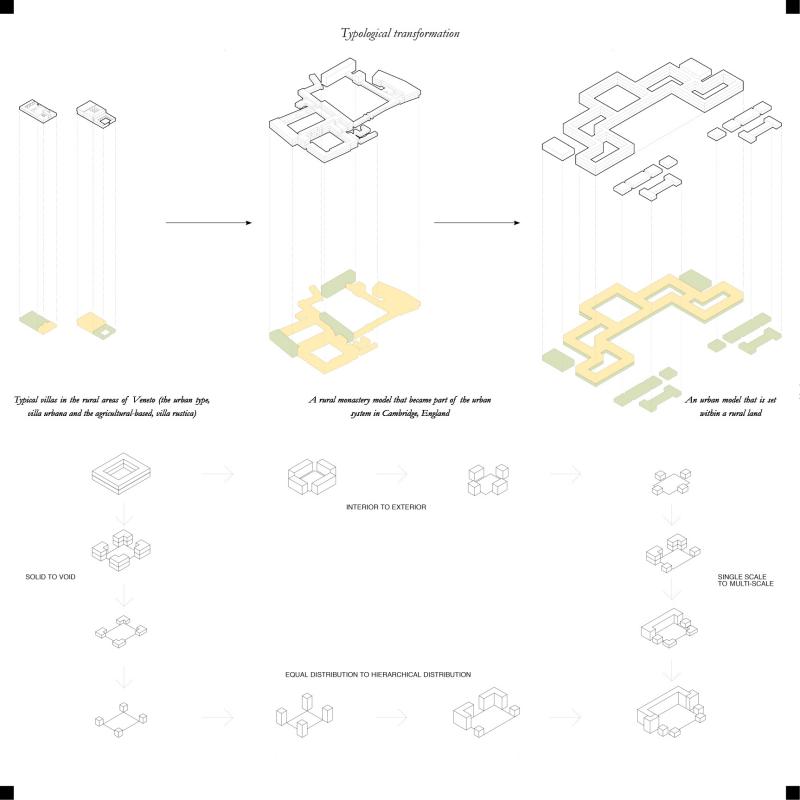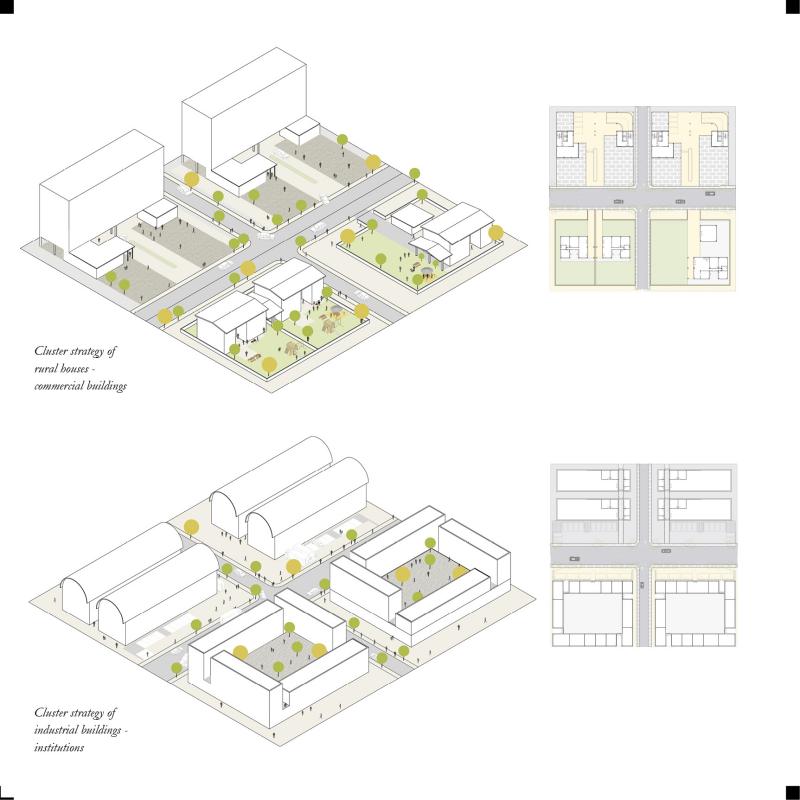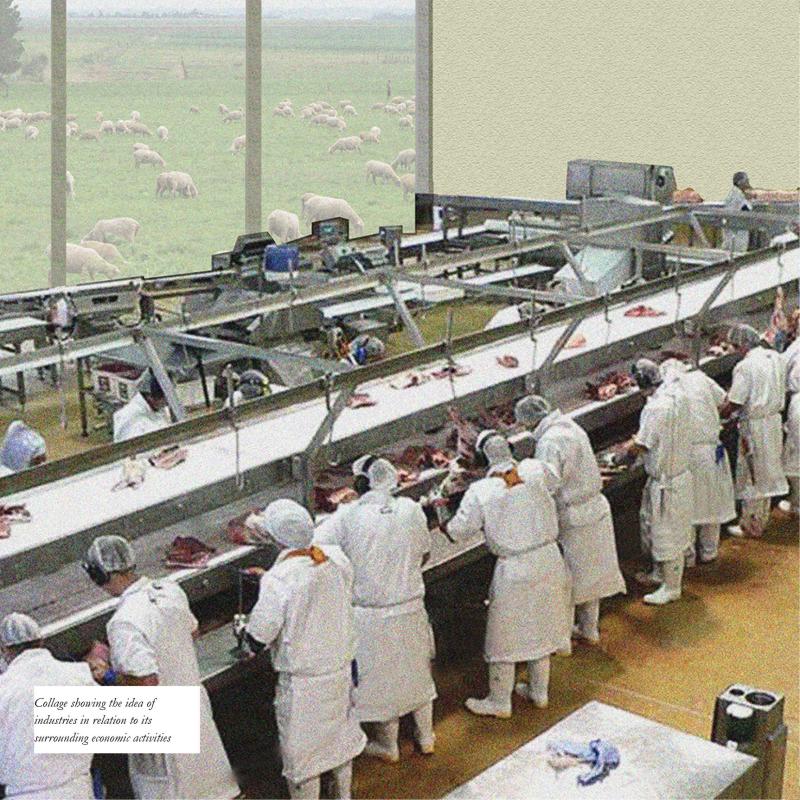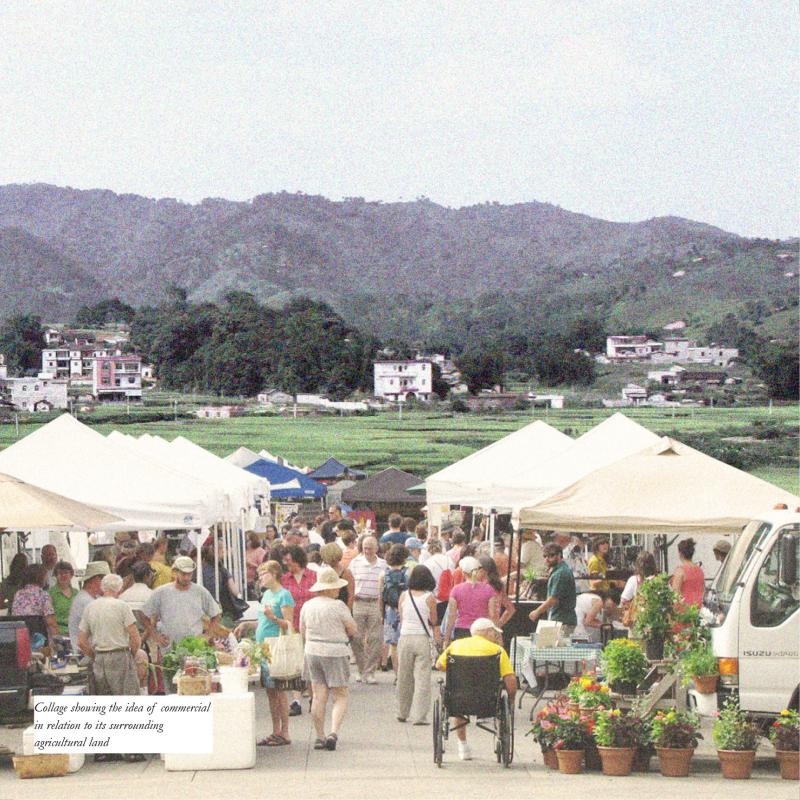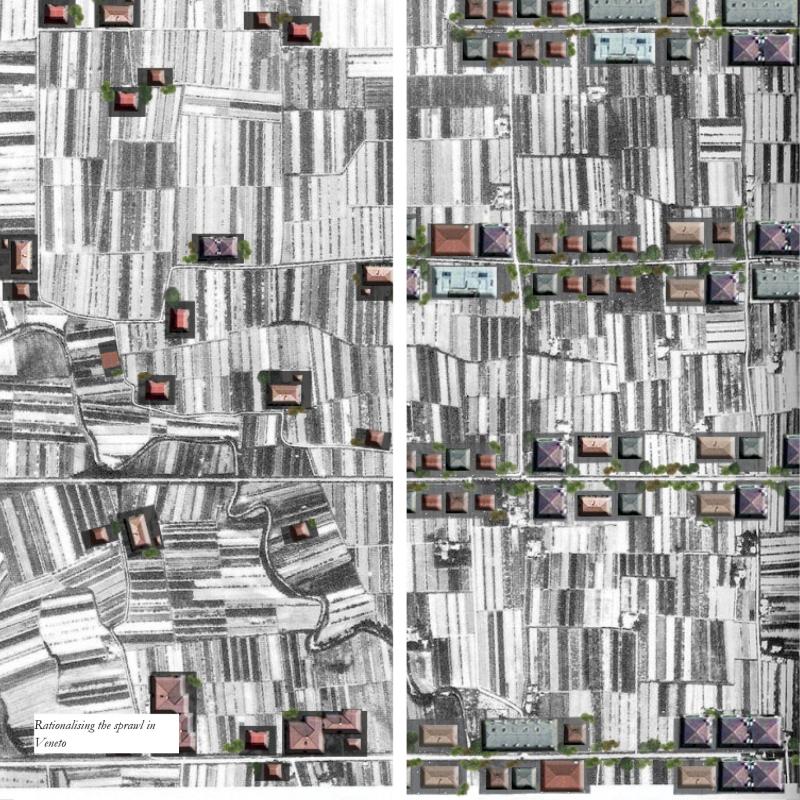Rationalising the Sprawl in Veneto
The Veneto region in Italy challenges the conventional division of town and country and the concept of urban sprawl. In Veneto, the sprawl has created a region that is neither urban nor rural but defined by dispersed agricultural activities and small and medium-sized enterprises (SMEs) that have fundamentally changed the historical agricultural character of the territory. The region's social problems have grown due to economic decline and high unemployment rates. The regional master plan titled 'One Veneto City' (2005), proposes to resolve these social problems by creating a linear growth corridor of densification and social integration between the provinces of Venezia and Padova. It aims to limit future sprawl and concentrate new economic activities changing from SMEs to highly commercialised spaces, such as hotels, shopping complexes and a science park. Although this proposal may be successful at a larger regional scale, it ignores the fact that the majority of the problems cannot be understood at this scale alone. In addition, the programmes of One Veneto City as well as the existing complementary functions of the corridor such as educational, industrial and residential suggest an alternative model of economic growth that encourages integration between these functions and takes better advantage of existing networks. This thesis therefore proposes a rethinking of sprawl beyond the constraint of a single growth corridor in terms of a series of multi-scalar urban concentrations. Further, by considering the historical formation of the territory through Roman centuriated grids, in which urban and rural functions are already naturally linked and transformed, this dissertation proposes an alternative scheme that sets out to rationalise through existing land use such that a number of new urbanised grids are developed which link existing economic, social and infrastructural networks at different scales and with different growth directions.


